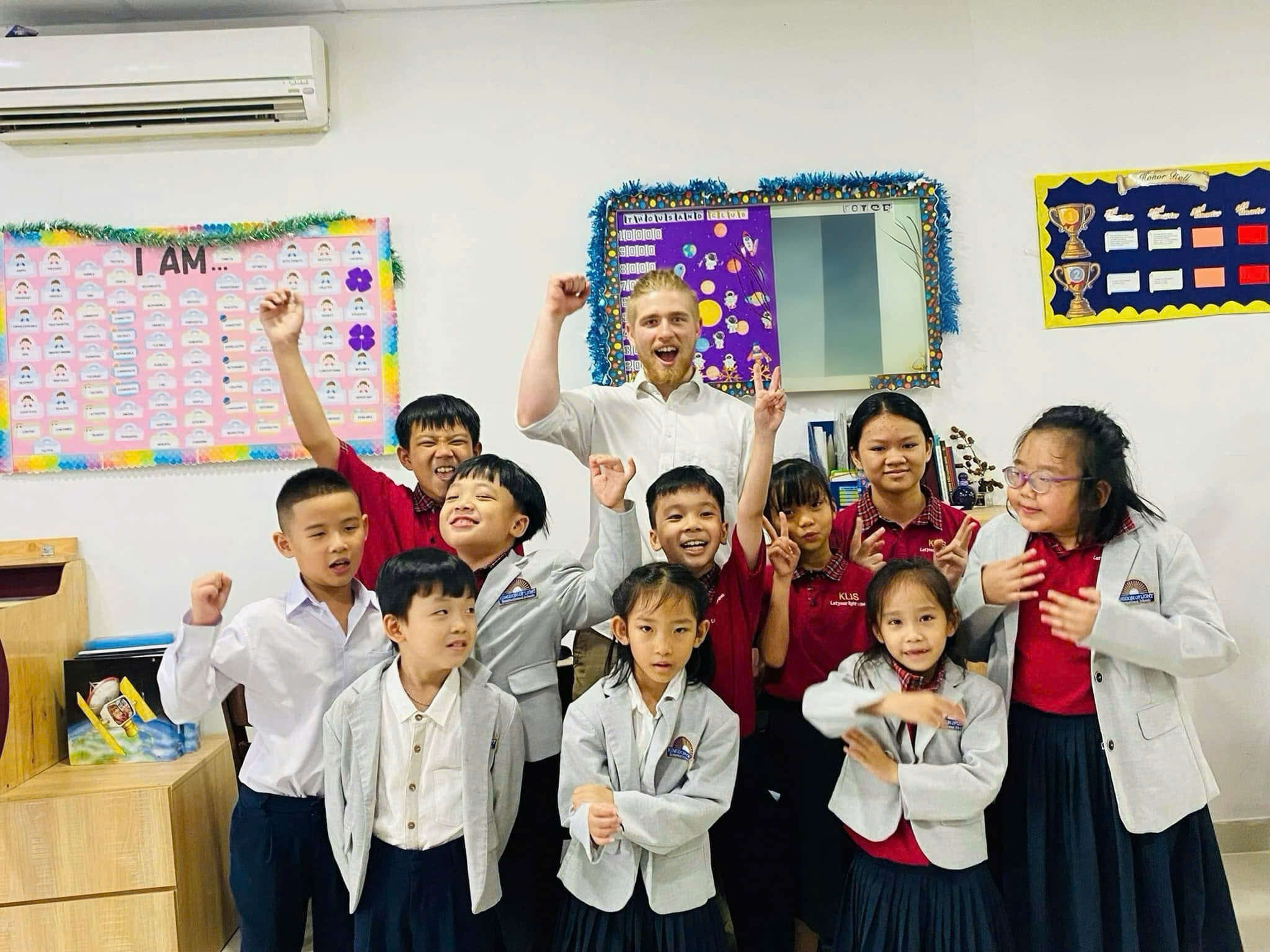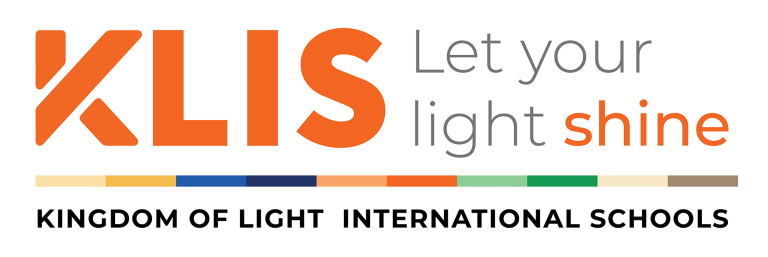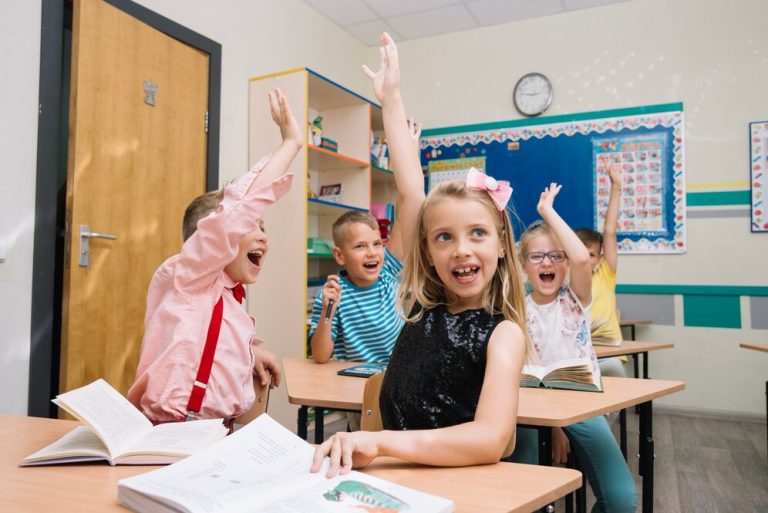Because thankfulness is the heart of lifelong character.
The holiday season is more than lights, gifts, or time off. It’s a rare moment when families can pause, reconnecting not just with one another, but with the values we hope to nurture in our children. And one of the most meaningful values we can teach? Gratitude.
At KLIS – Kingdom Of Light International School, we believe character development is as essential as academic achievement. While gratitude can be taught year-round, the holidays present a beautiful opportunity to foster empathy, awareness, and emotional growth in simple, memorable ways.
Simple, Meaningful Gratitude Activities to Try at Home
Appreciation Tree
Cut out leaf shapes from colored paper and ask your child to write or draw something they are thankful for on each one. Then, hang them on a wall or attach them to branches to form a “gratitude tree.”
Visual, tangible, and growing—just like their understanding of thankfulness.
Thankful Cards
Encourage your child to make homemade cards for friends, teachers, or family members. Help them write or dictate a message of appreciation and decorate it with drawings. A great way to express love and recognize the people who matter.
Gratitude Jar
Set up a family jar at home. Each day, everyone adds one small note of something they’re grateful for. At the end of the month, open the jar and read them together. A powerful reminder of life’s small joys — and a great family bonding ritual.
Why Gratitude Matters in Childhood Development
Gratitude is more than politeness — it shapes how children see themselves and others. Grateful children are more likely to:
-
Develop empathy
-
Build emotional intelligence
-
Show respect and compassion
-
Navigate social challenges with self-awareness

And like most life skills, gratitude must be modeled. Children learn best by watching us. At KLIS, we integrate character education — including thankfulness — into daily routines through stories, reflections, service projects, and real-life examples.
What If My Child is Too Young to Understand?
That’s okay — and totally normal. Children between ages 2–3 are still naturally self-focused. But gentle encouragement, daily conversations, and consistent role modeling help them understand the concept of gratitude more deeply by age 4 or 5.
Small habits matter. Simple phrases like “I’m thankful for you” or “Wasn’t that kind of her to share?” help children internalize what it means to be grateful — one small moment at a time.
This Holiday Season, Let’s Raise Grateful Hearts
At KLIS, our mission is to grow students who are not only successful academically, but rooted in strong values — including gratitude, kindness, and community. This season, let’s shift focus from perfection or presents, and instead celebrate the people, moments, and love that surround us. Because the best gifts we can give our children… are the values that last a lifetime.



